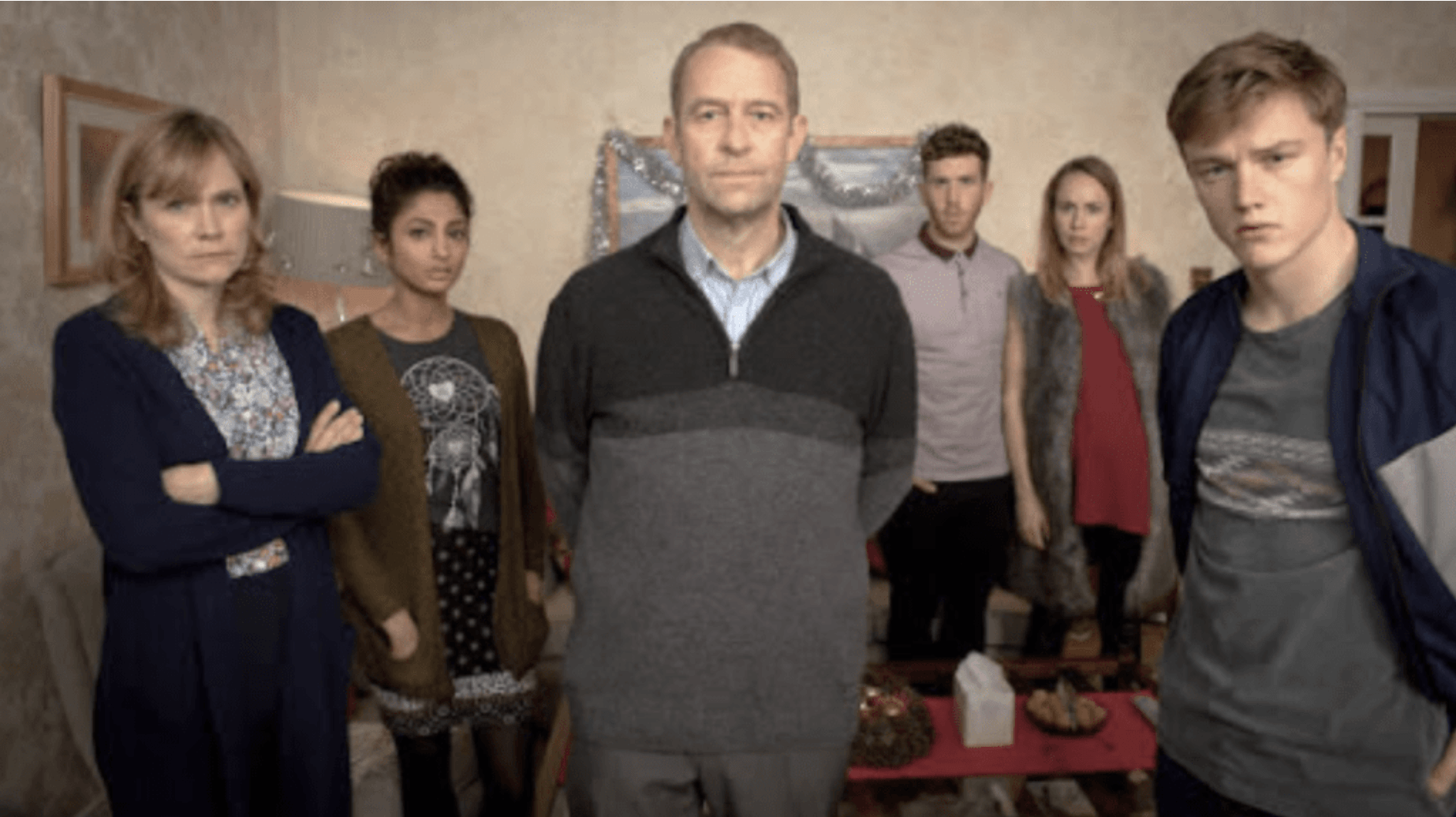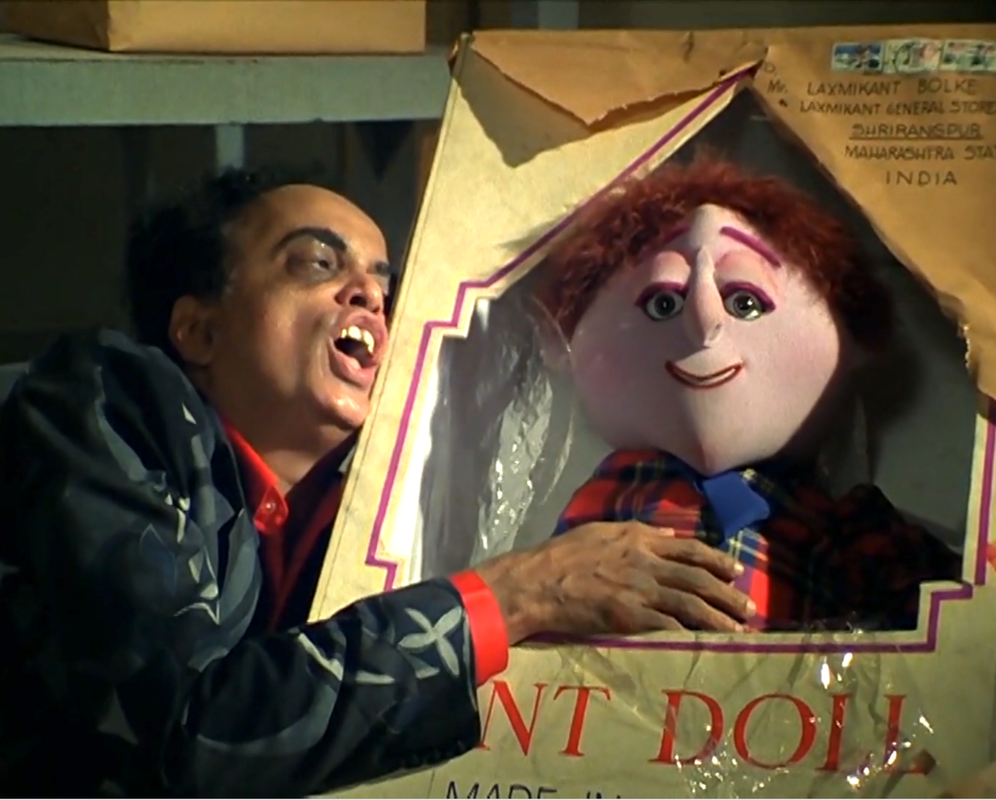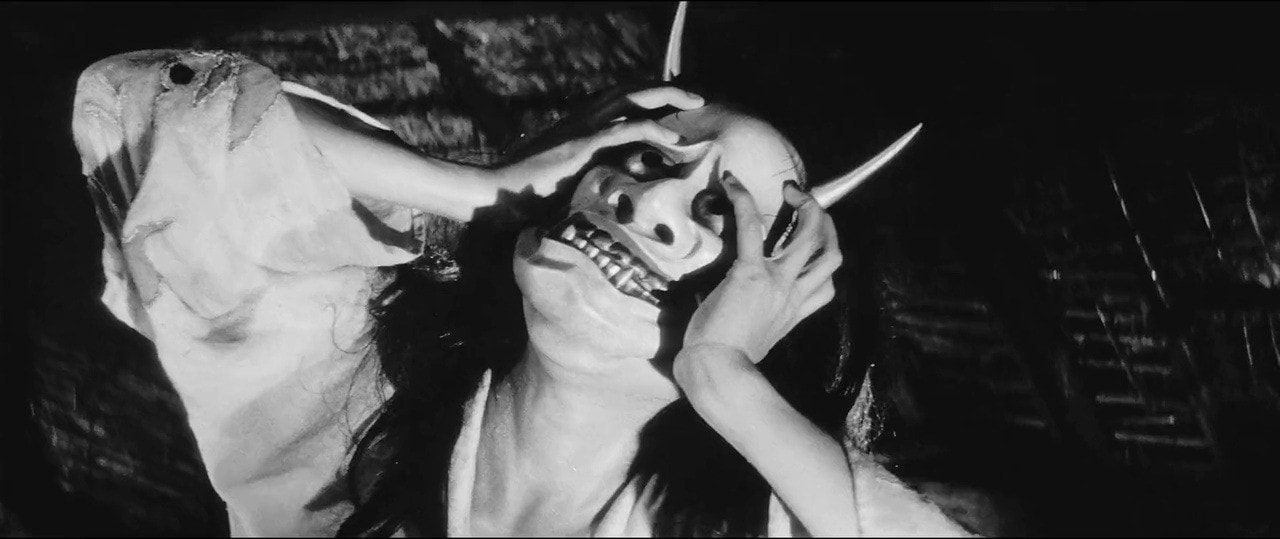
I have seen four films that were shot in one take:Victoria, Russian Ark, The Body Remembers When the World Broke Open, and now Shahram Mokri's Fish and Cat. Each of the four films has its own reason for using such a challenging technique, but Fish and Cat is different from the others. It uses the one-shot format in an innovative way that reconfigures the whole process.
When shooting a film in one shot, great care must be taken to produce a continuous, coherent narrative. Russian Ark, Victoria, and The Body Remembers When the World Broke Open all use a straightforward chronological structure. It seems almost impossible to make a single-shot film in any other way. Time is chronological, or at least we experience it that way, so it only makes sense that the plot of a one-shot film would have to work the same way, but Mokri manages to slide forward and backward in time, creating weird loops that turn both the plot and the images into an uncanny, deja-vu möbius strip. It’s fascinating.
I cannot imagine how Fish and Cat was planned. Mokri could not have used a standard screenplay format or a simple storyboard. He would have to have planned the blocking like an elaborate magic trick, where actors slip out of a frame and then secretly run to a different location where they can be discovered again.
The result is disturbing and disorienting. We watch a character move forward in time, until he or she stumbles across a scene we have already seen before. We end up watching the same encounter from several different points of view, as the event is positioned and repositioned in several different sequences.
Even more disorienting is when the dialogue unexpectedly loops back on itself, but there is no cut or marker to help us know when the repetition started. In Bergman’s Persona, Bergman uses jump cuts and switches points of view in order to blur the objective and subjective experience of the viewer, but in Fish and Cat, the switches are fluid and pass unrecognized, leaving us adrift in an unnavigable sea of time.
Mokri often mentions MC Escher as the inspiration for Fish and Cat. Mokri thinks of the flow of time in his films as a kind of visual representation of what Escher does in his illustrations. Both Mokri’s films and Escher’s prints defy linear time by eliminating a beginning or an end. What you are left with is a kind of process that implies time and space exist, but in some eternal tangle that prevents progress.

Fish and Cat most certainly has a plot. The film was marketed as a horror or slasher film, but it’s as if the plot encounters temporary whirlpools that reorient our point of view both temporally and spatially.
The film is based on a true story. Apparently, a restaurant in a rural area somewhere in northern Iran was caught serving human meat. This is explained with text at the beginning of the film which sets up a sinister expectation. This is then intensified by having one of the characters carry around a rancid bloody sack wherever he goes. It’s a package of portable menace that we follow throughout the film.

The film is full of implied violence, indirect tension, and unspoken fear. Very little actually happens, but the camera travels all around the woods as the characters try to figure out what is going on. The single-shot format is in direct opposition to the content, which creates a tension in and of itself. Characters appear in places they shouldn’t. Events happen out of sequence, and we have to struggle to find our footing.

Christophe Rezai’s score fits carefully into the disjointed flow of the film. It reminds me of how chanbara were scored in the 1960s. Instead of continuous music, Rezai provides small bursts of sound. Instead of a fully composed piece of music, we get clusters of melody and sound that underline what is happening on screen. There are also some longer passages of music that help build tension, as well as long sections of silence where the environmental sounds create their own sense of atmosphere and place. The variety of approaches keeps the music from overpowering the ambiguities by tying everything too neatly together.
The film itself experiments with different approaches. Some parts are narrated, sometimes by one of the characters, or sometimes by someone unknown. Some of the narration interferes with the dialogue, creating a strange mental space where we hear the characters reflecting on what they are saying in real-time. There are subtle similarities to other horror films such as The Texas Chainsaw Massacre or Sweeney Todd, but in the end, Fish and Cat is nothing like these other films. It doesn’t fit into the horror genre, or any genre. It is a tense depiction of anxiety and confusion that the audience enters into and then is left to negotiate.

If you enjoyed this article you might also enjoy this - https://filmofileshideout.com/archives/yorgos-lanthimos-the-killing-of-a-sacred-deer/



